Alnico Magnets
These rare earth magnets have the highest operating temperature stability of any permanent magnetic material.
- Commonly made from different blends of Aluminum, Nickel and Cobalt
- Available up to 10 MGOe;
- Lowest Coercivity of Permanent Magnets, careful design and handling needs to be considered/
- Good Corrosion resistance
- High temp resistance – up to 540°C (1,004°F)

Engineered Alnico Magnets and Magnetic Assemblies
Alnico magnets are alloys comprised of aluminum, nickel, iron, and cobalt. They have the highest operating temperature and temperature stability of any permanent magnetic material. They retain approximately 85% of room-temperature magnetization at temperatures of up to 540°C (1,004°F). They possess high residual induction as well as relatively high energy products. Alnico magnets naturally possess an excellent corrosion resistance. This makes surface treatment unnecessary, although they may still be easily plated if desired. Alnico magnets may be produced by either casting or sintering.
Cast alnico magnets are manufactured by pouring a molten metal alloy into a mold and processing it through various heat-treat cycles. Cast magnets may be manufactured in complex shapes, which is difficult to achieve with other magnet materials. They can function as very powerful magnets and are ideal for applications where fine tuning is advantageous.
Types of Cast Alnico:
Cast Alnico 5, the most common alnico magnet, is used extensively in rotating machinery, meters, instruments, sensing devices, and holding applications. For best results with alnico 5 they should have a high permanence coefficient.
Cast Alnico 8 HE has the highest temperature stability of any commercially available magnetic material. Improved crystal structure and alloying techniques achieve a high maximum energy product and higher resistance to demagnetization. Typical uses include computer keyboards, drives, printers, microphones, meters, motors, generators, relays, reed-switch relays, and transducers.
Sintered alnico magnets are manufactured by compacting fine alnico powder in a press, then sintering the compacted powder into a solid magnet. Compared to cast alnico, sintered alnico has marginally lower magnetic properties but overall better mechanical properties. Sintered alnico 8H has a high temperature stability, coercivity, and demagnetization resistance similar to Cast alnico 8, but it can be manufactured to closer tolerances. The fine grain structure of alnico magnets results in highly uniform flux distribution and mechanical strength, so they are an excellent fit for applications requiring short magnetic length or involving high-speed motion. Some applications include core meters, traveling wave tube stacks, polarized relays, reed switches, torque transmitting devices, and sandwich-type holding assemblies.
Alnico Magnet Material Charts:
View More Engineered Magnet Materials
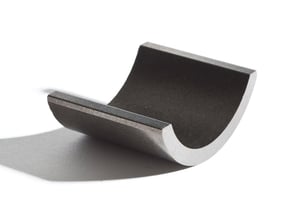
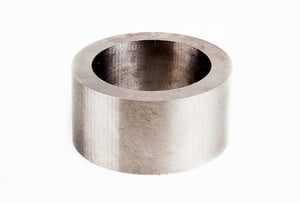
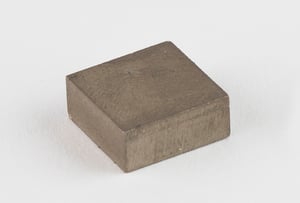
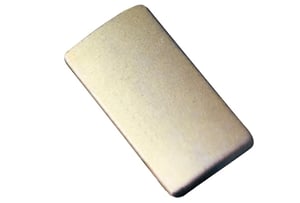
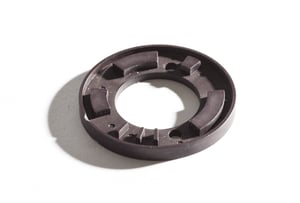
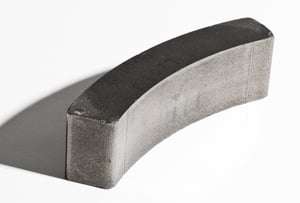
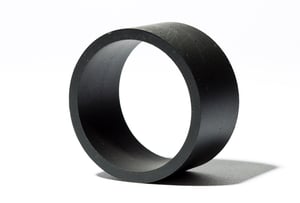
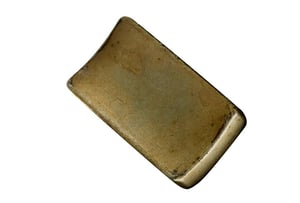

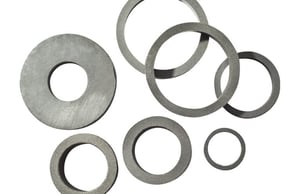

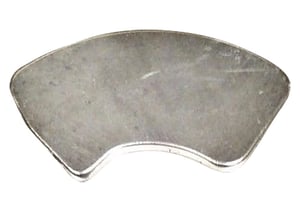
Get Started Today
Let's work together to scale your manufacturing.
